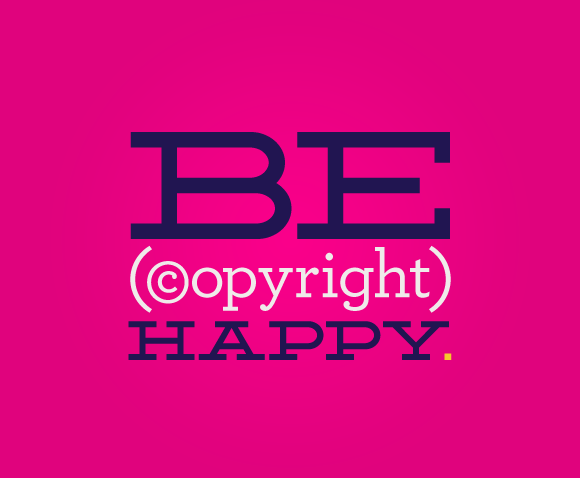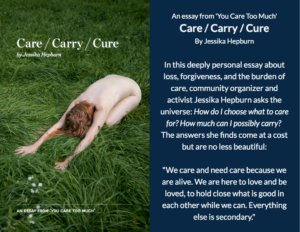How do you know if you really own the copyright to your logo design?
Since attending Alt Summit back in January and speaking with an IP lawyer during the roundtable sessions, I learned valuable advice to an issue that, up until that point, I had not even seen as an issue. I also recently joined the San Diego AIGA and have been focused on aligning my business with their professional standards and Design Business Ethics.
In light of these events, I wanted to share my personal story in hopes that it will help you know if your designer’s copyrighted work was transferred to you or not. Be sure to read all the way down, as I list resources for you to use!
Note: It is the designer’s choice to determine if they’d like to give their clients either full rights, partial rights, or no rights to their work’s copyright depending on what is being designed, although it’s strongly encouraged for identity design to be fully transferred to the client.
My Current System
Up until now, I had always written in my Terms of Design that clients receive full rights to the design work they receive. Even when they fill out my Logo Design Brief or Web Design Brief, they have to mark a check box for agreeing with these terms. In my Terms, I also make sure to state that I will not use their designs on a someone else’s design project, another benefit to having rights to your designs.
And to me, I thought this was legally good enough: letting them know and not pursuing claims against them in this light. Giving full rights to my clients, while holding on to my rights to use any work I create for portfolio and promotional use only, is just a personal preference of mine. I haven’t had any problems or reasons to change this business policy and it seemed natural to do so mostly because I deal in brand design. All was well in Designer Land…
My Legal Advice
…that is, until I learned from my talk with the IP lawyer at Alt Summit that this was not good enough! I still owned all rights to my work and not my clients.
After recovering from a mild heart attack that I cooly kept from showing though my ghost white face probably gave it away, I asked him how should I proceed and he said I needed a more formal document drawn up that both parties would need to sign and date to make this legal. Having a check box one document and the terms on another was not good enough in the court system, it needed to be condensed into a single release form. The good news was it was easily correctable.
My clients had nothing to fear with this small hiccup, because as previously stated, I only have interest in being able to use my designs for portfolio and promotional use but I’m still correcting the issue because it’s “better late than never”. Registering their logo to be trademarked or having it copyrighted, would require them having full rights to their designs. Having the paperwork to back up their statements, makes both parties able to sleep well at night.
Note: Any work that was meant for on-going, exclusive marketing purposes should have full rights transferred to the client with the exception of portfolio and promotional use on behalf of the designer.
My Next Steps
As soon as I had saved up enough money over the next several weeks, I contacted my lawyer to draw up the necessary paperwork for me. I’m in the business of working with businesses so I didn’t want to risk doing this myself. Copyrights, Trademarks, and Intellectual Property are all things I have to be aware of on a daily basis because of the nature of my job. I also made sure to have my lawyer give a good polishing to my Terms of Design so it would correlate with the new Copyright Release Form.
Additional Resources
If you’re not a fan of mini heart attacks either and want to be “Copyright Happy”, check out these links below for more information on copyright transfers and the tools to get the job done!
- AIGA professional association for design
- United States Copyright Office for learning about and registering copyrights
- Adobe EchoSign lets you sign documents anywhere for free and is as easy as email
- Legal Services by Kara Jensen Zitnick from LaunchHER
- Logo Design Copyright Transfer Form for Download by Graham Smith from I’m Just Creative
- Copyright Laws & Trademarks in Logo Design by Jacob Cass from Just Creative Design


